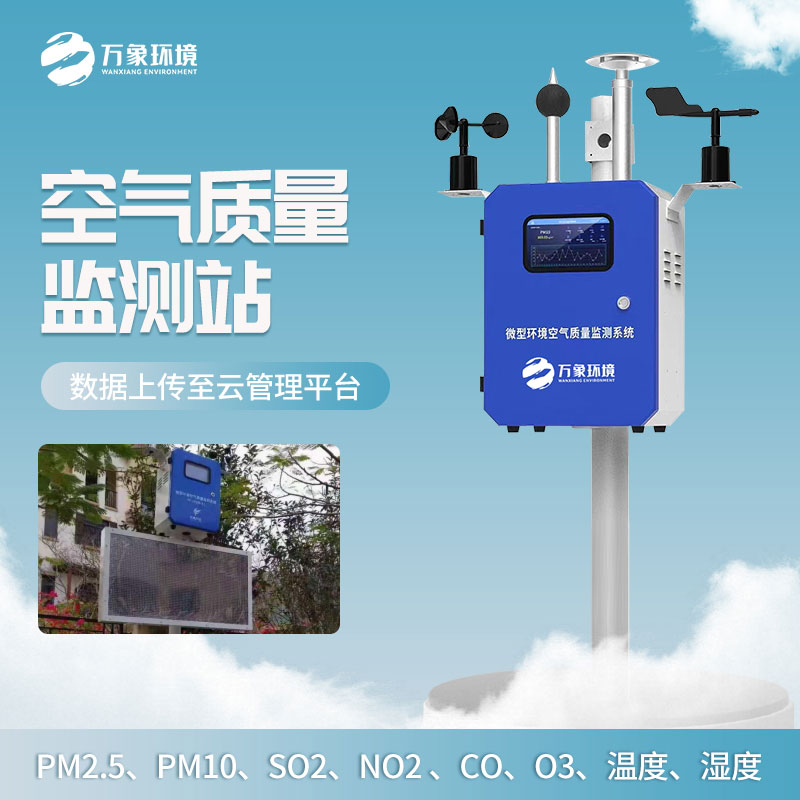At present, with frequent natural disasters, landslide, as a serious geological disaster, has brought great threat to people's life and property safety. In order to effectively deal with this challenge, landslide monitoring and early warning system came into being. As the core component of the system, landslide monitoring and early warning system plays a vital role. This article will give you a detailed introduction of the GNSS displacement monitoring station, which is capable of monitoring small amounts of displacement, and its application in landslide monitoring and warning systems.
WX-WY1 Landslide Monitoring and early warning System is a kind of equipment that uses Global Navigation satellite system (GNSS) technology to monitor the displacement of the surface or buildings in real time and with high precision. Its working principle is based on satellite positioning technology, by receiving signals from multiple satellites, and comprehensively processing these data, it can accurately calculate the three-dimensional coordinate information of the monitoring point. In order to obtain higher positioning accuracy, GNSS displacement monitoring stations usually adopt differential positioning technology, combined with the corrected data of at least one reference station with known accurate position, to correct the positioning data.
The landslide monitoring and early warning system is installed in the key part of the slope to monitor the displacement change of the slope in real time. These changes can be very small, but it is these small amounts of displacement that often indicate that a landslide is about to occur. With the precision of GNSS displacement monitoring stations, we can detect these subtle changes in time and analyze them in depth to assess slope stability and predict possible landslide hazards.
The advantages of GNSS displacement monitoring stations are their high accuracy, high stability and real-time data transmission capability. It can realize the continuous and real-time monitoring of the slope displacement change, and the data update frequency is high, which can capture the slight change of slope displacement. At the same time, the system also has strong data processing and analysis capabilities, which can automatically process, analyze and warn the monitoring data, and provide decision-making basis for slope management.
In practical application, the landslide monitoring and warning system has achieved remarkable results. It has successfully warned of a number of landslides, providing relevant authorities with valuable early warning information, enabling them to take timely measures to avoid or reduce disaster losses. In addition, GNSS displacement monitoring stations can also provide scientific basis for landslide prevention and control work, and help professionals to develop more scientific and reasonable prevention and control programs.

Article address:
http://www.qxhjjc.com/en/article/1348.html


















 Home
Home phone
phone Product Overview
Product Overview Contact Us
Contact Us